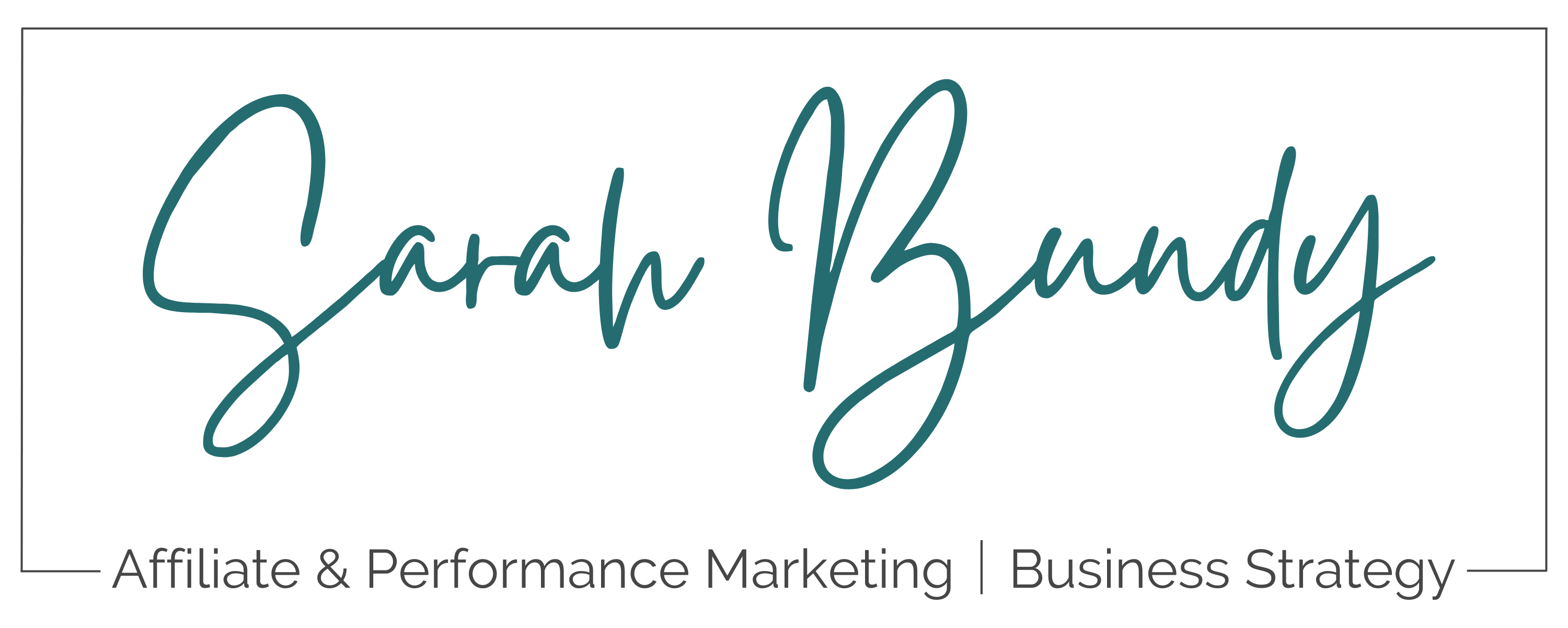Conversion Optimization Done Right
This is a live blog post from the Online Marketing Summit (#OMSummit). Session presented by Bryan Olshock of Red Door Interactive.

What is the conversion process? its the optimization of your website across all channels for all pages of your site.
You need three people to do this right:
- The Data Scientist (analyst)
- The Creative UX
- The Persuasive Copy Writer
Have the Right Tools: Trusted Data
- Omniture
- Crazy Egg
- Google Analytics
- Webtrends
- ClickTale
Testing Tools
- Optimizedly
- Visual Website Optimizer
- Monetate
- Google Content Experiments
- Adobe Test & Target
Steps in The Process
Defining a formal process will aid in executive buy-in as well as continued success
1. Discovery (Ideation, website behaviour, usability testing, competitive analytics, voice of customer)
Look at your full funnel (landing page from search, display, email, social). Look for low CTRs, high bounce rates, exit rate, etc. Then look at your information and selection (offering), then look at the checkout process and cart to completion.
2. Planning (landing pages, funnel optiomation, targeted segments, KPIs, testing methods)
This is where your creative person comes in. Design the tests and plan which will come first and the goals of each test. Apply cialdini’s principles of influence: reciprocity, likability, scarcity, consistency and commitment, authority, and social proof.
Once you have found your areas of weakness you have to prioritize which tests to run first. Often times, he starts at the bottom of the funnel (shopping cart) and works his way backwards because these customers have already indicated they wanted to buy something.
Four test ideas:
- Landing page 1 / 2, 3 etc
- Home Page Call To Action
- Shopping Cart
- Copy
Landing pages work well for some customer segments and while being sub-optimal for others. In order to fully optimize a landing page you have to tailor to each segment. Test for mobile vs desktop vs laptop users as well.
3. Execution (Monitor outside variables, consistent messaging monitor variations
Keep in mind outside variables: Monitor for outside influences during your testing and do not test during times of “unusual” situations such as a holiday or something else going on that could screw results.
4. Analysis (Business impact, performance by user segment, document findings, incorporate learning)
Offer something free (free PDF download, free trial, free shipping, buy one get one free, etc.) Use your security seals to instill trust.
Common Pitfalls
- Sample Bias
- Inconsistency
- Running the test until you have “statistical significance”
- Disregarding test results to go with what looks good
- Not Segmenting
